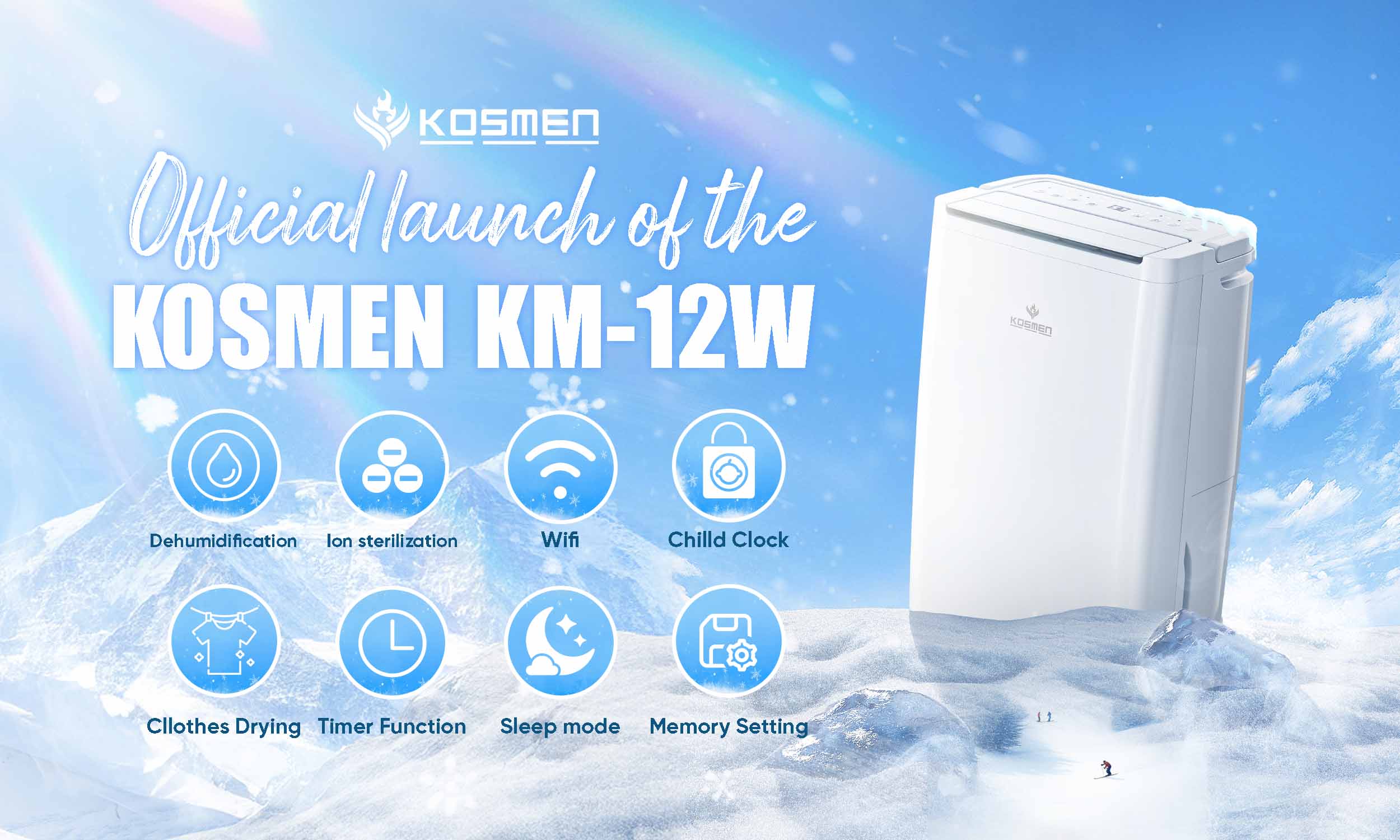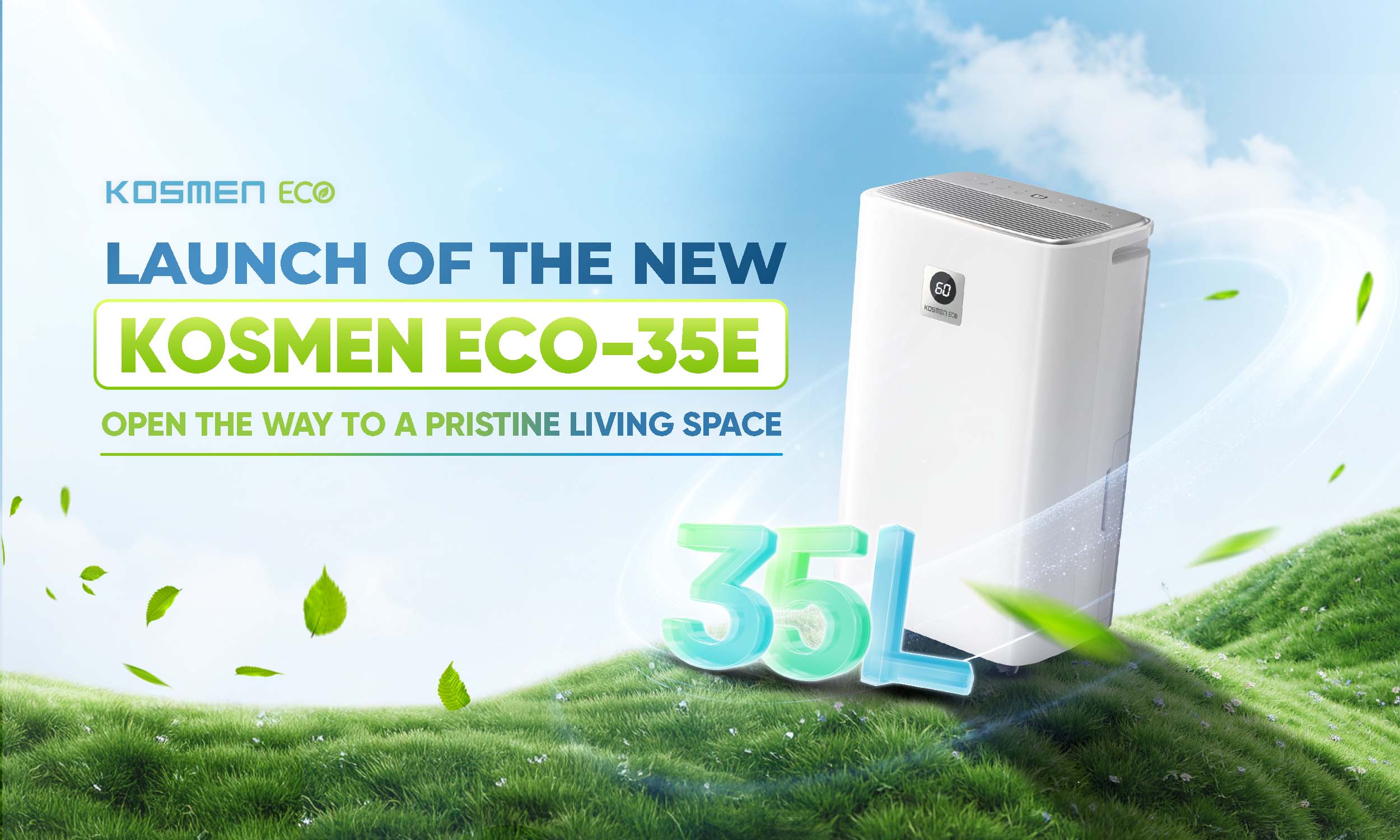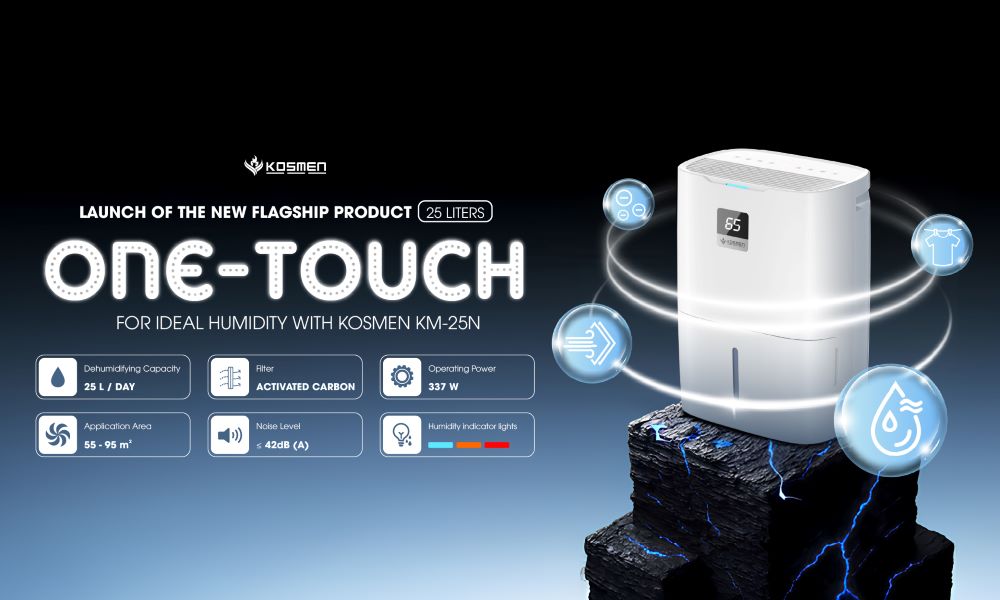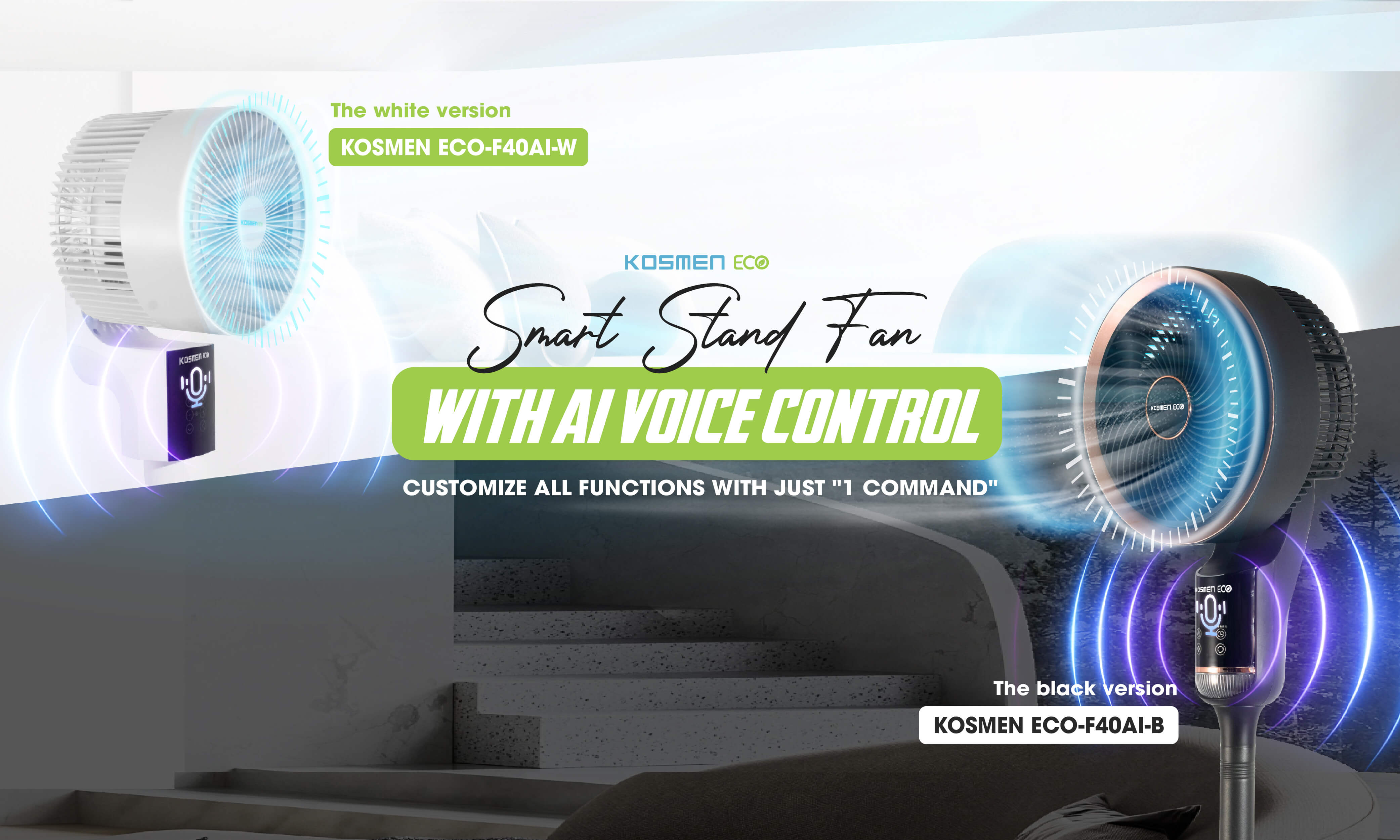Published: 15.11.2025
See moreSolutions To Restore Your Home After Storms No. 10 And 11
 Published:
18/10/2025, 08:30
- Updated at 27/10/2025, 11:53
Published:
18/10/2025, 08:30
- Updated at 27/10/2025, 11:53In 2025, many northern regions such as Thai Nguyen, Cao Bang, Lang Son, and Ha Noi continuously suffered from the impacts of storms No. 10 and 11, causing prolonged rainfall and severe flooding. When the water receded, many families were faced with serious consequences: damp and moldy furniture, damaged electronic devices, unpleasant odors, and persistently high humidity. Although the storms have passed, the aftermath of moisture, mold, and household damage continues to linger. With the desire to accompany and support families in the post-disaster recovery process, let’s explore simple yet effective solutions to dry out, dehumidify, and keep your home and family safe.
Below are 5 quick ways to restore furniture and household appliances after flooding:
1.Dry the space – The first and most important step to prevent mold from returning.
When floodwaters begin to recede but are still around calf level, that’s the “golden time” to start cleaning up. At this stage, the mud is still soft and can be easily washed away, allowing you to take advantage of the receding water to flush out dirt and debris — significantly reducing the effort needed for later cleaning. If you wait until the water is completely gone, the mud will dry and stick to floors and walls, making the cleaning process much more difficult and time-consuming.
As soon as the water starts to recede visibly, the first thing to do is collect trash, damaged items, and things that can no longer be used to avoid obstructing the cleanup process. At this time, the house is often filled with mud, plastic bags, leaves, bottles, and even sharp or dangerous objects. Sorting the waste right from the start helps save time, prevents secondary pollution, and reduces the risk of slipping or cuts during cleaning.
Specific steps:
- Prepare large sacks or plastic bags to separate organic waste (leaves, leftover food) and inorganic waste (plastic, glass, metal).
- Collect damaged electronic devices, sockets, batteries, and light bulbs separately — do not mix them with household trash to avoid electric leakage or chemical pollution.
- For furniture severely damaged by prolonged flooding, move it to a dry, ventilated area. Do not keep it inside the house, as it will retain moisture and quickly develop mold.
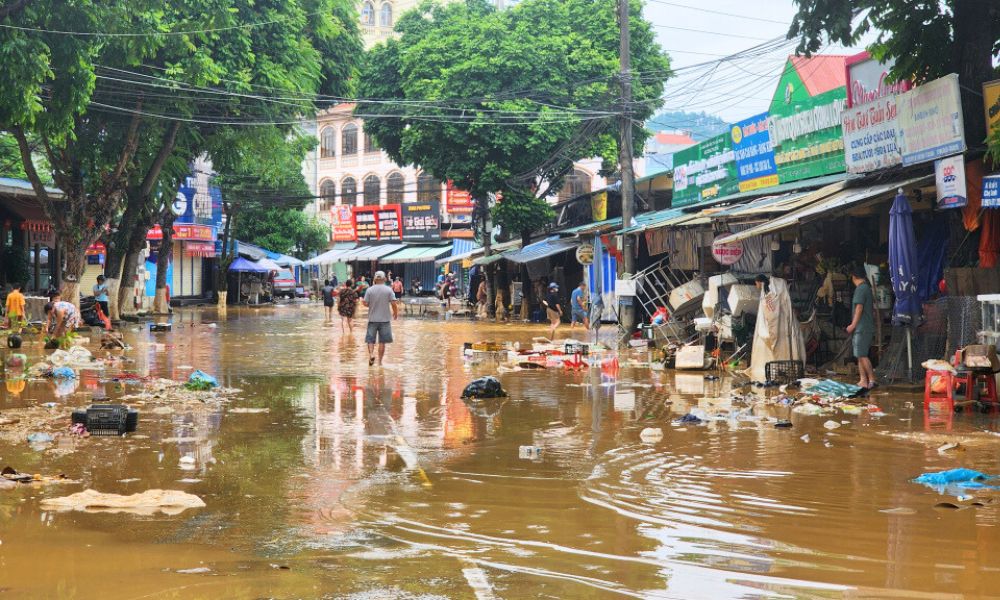
Dealing with household flooding is the top priority
2. Save wooden furniture – Prevent warping, peeling, and black mold.
Wooden furniture is one of the items most severely affected after flooding. When water seeps in, wood tends to swell, warp, or peel its paint layer, making the surface look worse and significantly reducing its lifespan. If not handled properly, within just a few days, black mold and unpleasant odors will start to appear.
To restore wooden furniture, first, wipe the surface dry with a soft cloth. Avoid using hot water or harsh chemicals, as they can strip off the coating. Then, place the furniture in a well-ventilated area and use fans or a dehumidifier to gradually dry out the space. If the legs of cabinets, tables, or floors have been submerged for a long time, lightly sand the affected areas with fine sandpaper and apply a protective coating to prevent moisture absorption in the future. In cases where the wood has been severely deformed, it’s best to contact professional furniture restoration services instead of attempting repairs at home.
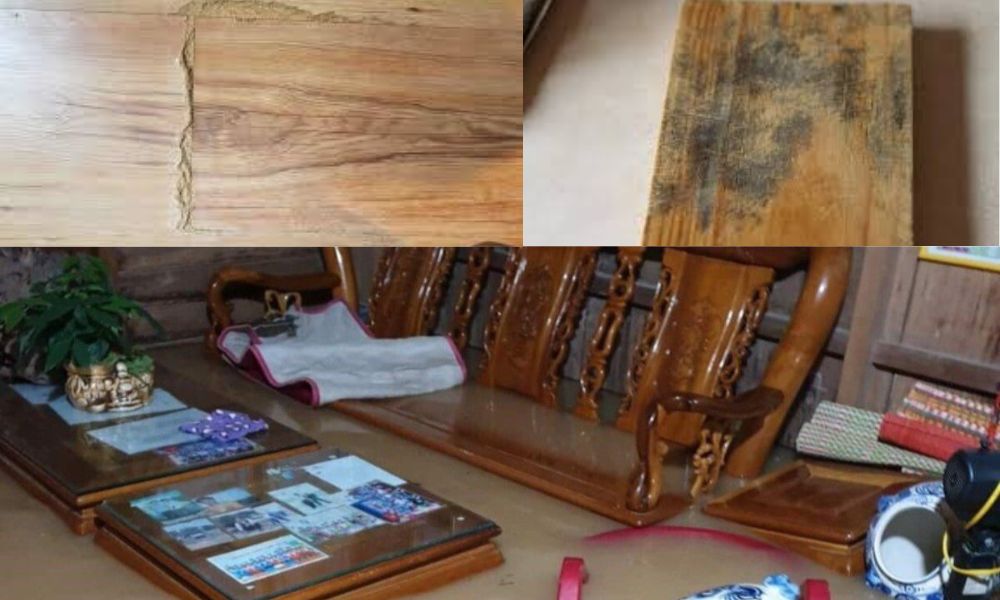
Furniture is highly susceptible to mold after storm damage
3. Dry sofas, mattresses, and curtains – Eliminate unpleasant odors and prevent bacterial growth.
Sofas, mattresses, curtains, and carpets are among the most water-retentive household items. When flooded, water seeps deep into the fabric and foam layers, creating ideal conditions for bacteria, mold, and unpleasant odors to develop. Within just 24–48 hours in a humid environment, mold can spread rapidly across the surface.
To handle this, remove all covers and wash them with warm water mixed with white vinegar or baking soda to deodorize and disinfect. Dry them under gentle sunlight—avoid direct, harsh sunlight, as it can make the fabric stiff and cause fading. If a sofa or mattress has absorbed too much water, it’s best to replace the foam or inner padding to prevent bacteria buildup. For leather sofas, wipe them dry with a soft cloth and apply leather conditioner to restore shine and prevent cracking. Additionally, during the drying process, place household dehumidifiers or activated charcoal bags in the room to absorb moisture and eliminate musty odors, keeping the air fresh and comfortable.
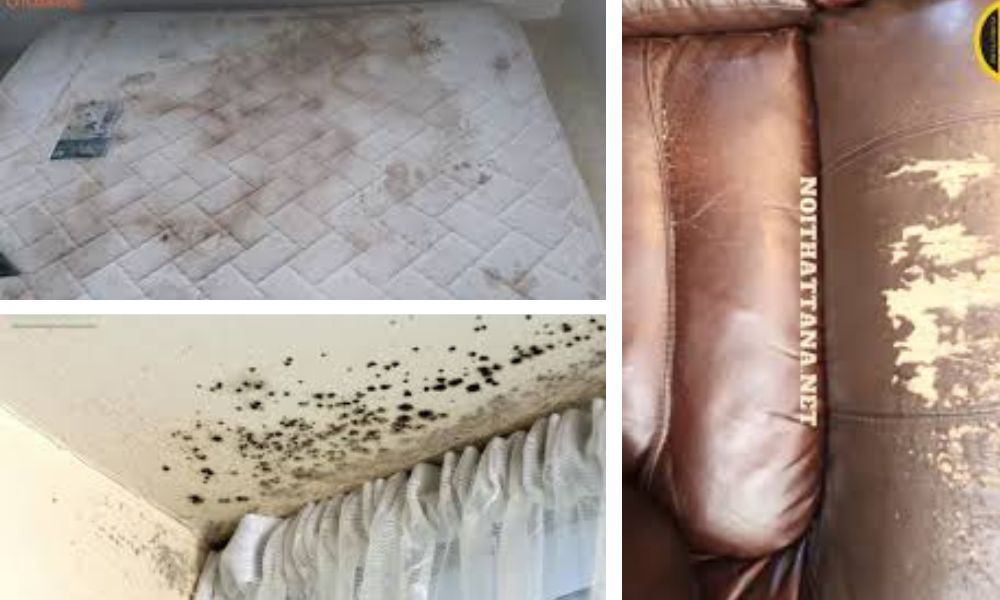
Mattresses, sofas, and curtains can become moldy after the storm
4. Protect electronic devices – Avoid the risk of short circuits and component damage.
Electronic devices are among the most vulnerable items during flooding. Moisture penetrating circuit boards, motors, and metal components can cause electrical leakage, short circuits, or even fires if the devices are used too soon. Therefore, proper handling is crucial to ensure safety for both the equipment and the users.
- As soon as the water recedes, disconnect all power sources in the house, including the main circuit breaker.
- Wipe the outer surfaces of all electrical devices with a soft cloth, and never attempt to turn them on, even for a few seconds.
- Place the devices in a dry, well-ventilated area for at least 48 hours to allow moisture to evaporate naturally.
- For high-value appliances such as televisions, refrigerators, washing machines, or air conditioners, it’s best to contact the manufacturer’s service center or a professional technician to inspect and dry the internal components before using them again.
If your home is located in an area prone to flooding, consider elevating electrical outlets and appliances, and installing waterproof sockets — an effective long-term prevention measure.
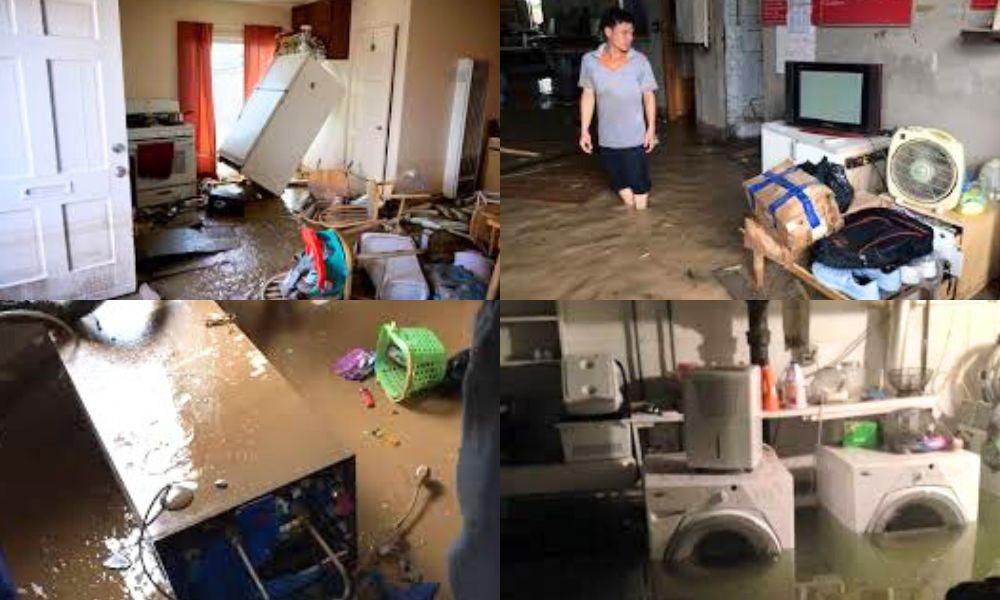
Do not use electronic devices before inspection or repair
5. Purify the air – Remove damp smells, mold, and bacteria.
After flooding, the indoor air often becomes heavy, damp, and filled with an unpleasant musty odor. Moisture combined with mud, bacteria, and fine dust can produce toxic gases, mold spores, and harmful microorganisms, increasing the risk of sinus infections, coughing, allergies, or skin irritation. Therefore, air purification is an essential step in the recovery process after flooding.
You should open windows on dry days to improve air circulation, and clean walls, floors, and hidden corners with a mixture of white vinegar and water to disinfect. Placing baking soda or roasted coffee grounds in the corners of rooms helps absorb moisture and eliminate odors effectively. Using a dehumidifier also keeps the indoor air dry and fresh, preventing bacteria and mold from developing.
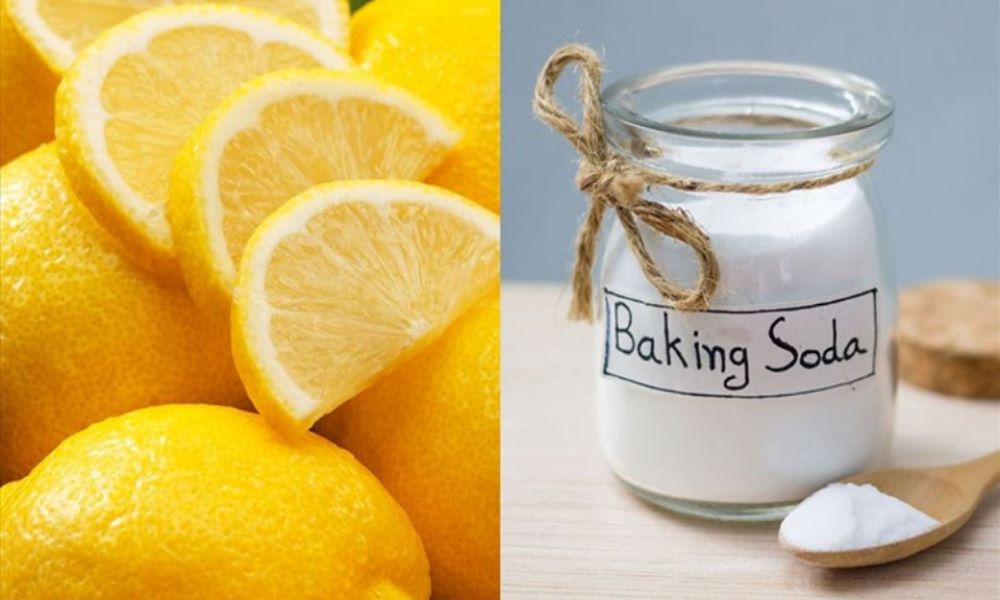
Use natural ingredients like baking soda, lemon, and white vinegar to eliminate odors after the storm
Kosmen – The Complete Protection Solution for Your Home After Storms and Floods
After storms and floods, even after cleaning and airing out the house, moisture and musty odors often linger in the walls, floors, and furniture, causing discomfort and affecting health. That’s when the Kosmen dehumidifier becomes the ultimate solution, helping families quickly restore a dry and hygienic living environment.
With advanced dehumidification technology and intelligent humidity sensors, models such as Kosmen KM-12N, KM-20N, and KM-30N effectively remove excess moisture, maintain ideal humidity levels, and protect wooden floors, furniture, and electronic devices from damage. The units operate quietly, save energy, and are suitable for all spaces—from small bedrooms to large living areas or damp ground floors after storms.
Thanks to Kosmen, you can enjoy a comfortable, dry, and safe atmosphere every day, no matter how humid the weather gets. Kosmen stands with communities affected by storms No.10 and No.11 through the program: “TOGETHER WE SUPPORT CUSTOMERS AFFECTED BY STORMS NO.10, NO.11 AND POST-STORM FLOODS” (10/10/2025 - 31/10/2025)
- Program Duration: From October 10, 2025, to October 31, 2025.
- Eligible Participants: Retail customers
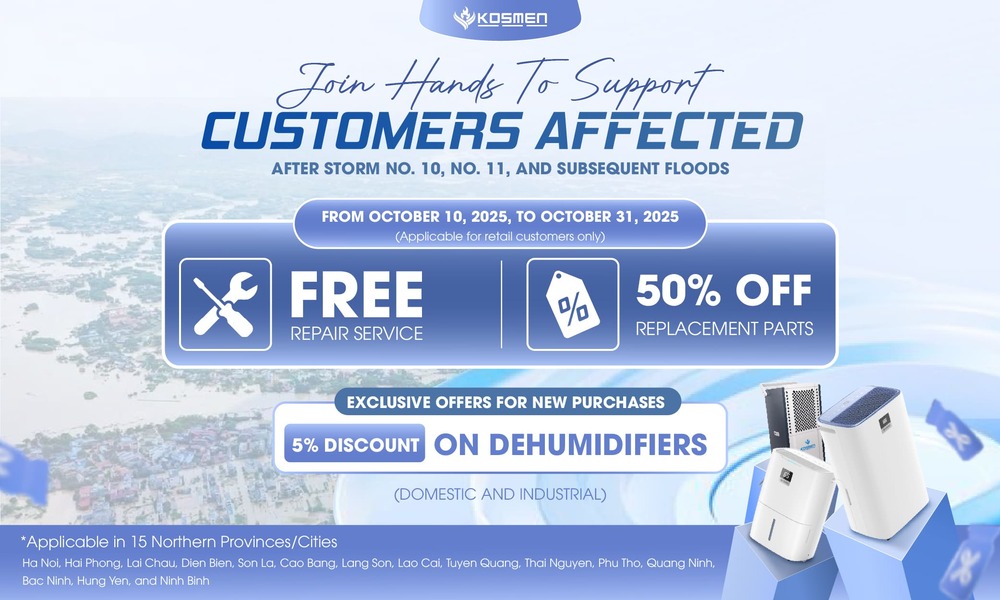
Program “Together Supporting Customers After Storms No. 10, 11 and Post-Storm Floods”
- Applicable Area: Northern Vietnam (specifically including: Hanoi, Hai Phong, Lai Chau, Dien Bien, Son La, Cao Bang, Lang Son, Lao Cai, Tuyen Quang, Thai Nguyen, Phu Tho, Quang Ninh, Bac Ninh, Hung Yen, and Ninh Binh).
- Free repair service for products still under warranty.
- 50% discount on spare parts for products under or out of warranty.
- 5% discount on household and industrial dehumidifiers.
- Exclusive offer for customers purchasing new products (applies to Kosmen dehumidifiers damaged by storms and unable to be repaired).
- This promotion cannot be combined with other ongoing programs in the same month.
Customer Support Contact:
- Head Office: No. 27B, Street 12, Hiep Binh Ward, Ho Chi Minh City
- Hanoi Office: No. NV4.7, Cau Buou Urban Area, Thanh Liet Ward, Hanoi City
- Da Nang Office: No. 41, Vo An Ninh Street, Hoa Xuan Ward, Da Nang City
- Da Lat Office: No. 38/7, 3 Thang 2 Alley, Xuan Huong Ward, Da Lat City, Lam Dong Province
- Hotline: 0766 899 799 (North) – 0965 210 874 (South) – 0961 061 076 (Central Highlands) – 0935 696 695 (Central Region)
- Website: kosmen.com.vn/en












